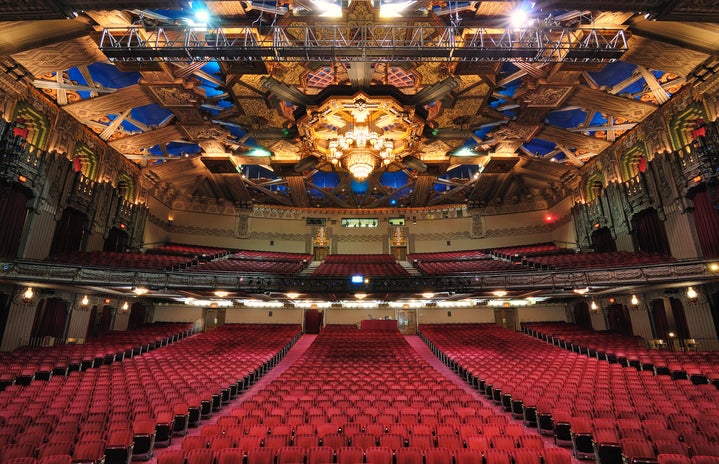Under the direction of David Hynes and William Cabison, the Mannes Orchestra is known for its impressive programming and intense focus. The orchestra’s most recent concert only confirmed these praises further.
On April 19th, in the Tishman Auditorium at the New School University Center, the orchestra performed four selections, two of which placed the spotlight on two award-winning Mannes musicians.
The first selection, the world premiere of “A Brutal Music Box,” highlights the compositional talents of Mannes Masters and Professional Studies graduate Minjoo Kim, who recently won the Martinu Composition Prize. The piece opens with a majestic flute and oboe feature, preparing the audience for a fascinating journey. The English horn soon cuts through, clean and flowing and the performance begins in earnest.
As the piece progresses, it feels as if traveling into a forbidden forest. Conflicting themes from the woodwinds and strings pull the ear in different directions — the clarinets echoing the English horn, the flutes and oboes falling through polished runs and the strings buzzing underneath, the sections of the orchestra are at once separate and operating together.
Soon, the melodies fuze together. Deep timpani rolls complement the elegant power of the strings and the audience gets the sense that the forbidden forest isn’t as intimidating as it used to be. Or, at least, the orchestra certainly isn’t hiding from it anymore.
“A Brutal Music Box” is dissonant yet beautiful, foreboding yet playful. The contemporary piece plays with classical techniques to create a genre of its own. What’s more, the orchestra played it with such unbridled passion and energy that it’s hard to believe that this was the first time they had ever performed it for an audience.
After the applause from the first piece died down, several musicians cleared the stage, leaving behind a few woodwind musicians and about half of the strings.
Emma Taggart (BM, Piano Performance) appeared from beyond the curtain, a vision in pink, and placed herself before the baby grand piano with a flourish, gearing up for “Piano Concerto in One Movement” by Florence Price.
The concerto opens with a flowing trumpet melody, followed by the winds echoing its quiet grandeur and the trombones joining in to build the theme. But make way for Taggart’s breathing, cascading melodies, which quickly became the focal point of the section.
Her playing was captivating, not just in her skill, but in her ability to move with the music. Every measure of the piece received the same joy and attention, no matter how simple or slow. She played with such ease that the music appeared to flow out from her fingertips and into the room.
The accompanying musicians impressively understood exactly when to build and when to pull away, using their silence as musical passageways. Every note played by both the soloist and the orchestra was intentional and they shared the reigns easily throughout the piece. When the final note rang out like a bell clanged, the room begged for more.
Conductor William Cabison took to the stage after a brief intermission, leading the orchestra through two more pieces, “Overture to Der Freischütz” by Carl Maria Von Weber and “Suite from Der Rosenkavalier, Op. 59” by Richard Strauss.
In these pieces, the orchestra showed off their capacity to play broad, proud tunes. Single instruments, like the oboe in “Der Rosenkavalier,” guided the rest of the orchestra through tough phrases and every section was given a moment in the spotlight.
As the concert adjourned, the community that the orchestra built over the years became clear. In each piece, they operated as one unit and leaned into one another, onto one another, for support. The energy behind their notes came from the joy that they found in playing with each other and that ultimately leaves the audience thinking one thing: encore!


